Picture this: you're walking downtown, phone in pocket, completely unaware that a small device nearby is quietly intercepting your calls, texts, and location data. This isn't some dystopian future—it's happening right now with "Stingray" surveillance devices. But Android 16 might finally give you the heads-up you never knew you needed.
The upcoming Android release promises to warn users when their phones connect to suspicious networks, including the notorious fake cell towers that have been quietly used for surveillance for decades. Google has been working on these cellular security features since Android 15, but hardware limitations kept them hidden from public view. Now, with Android 16 bringing back a dedicated "Mobile network security" settings page, we're finally getting transparency about one of mobile security's biggest blind spots.
Here's the reality check: your current phone—even the shiny new Pixel 9 series—lacks the specialized hardware to make this work. That means we're looking at a future where your next upgrade decision might hinge on more than just camera quality and battery life. For devices launching with Android 16 (likely starting with the Pixel 10), this represents a fundamental shift in how we think about mobile privacy—transforming invisible surveillance into something users can actually see and respond to.
What exactly are Stingrays, and why should you care?
Think of a Stingray as a digital wolf in sheep's clothing. These cell site simulators function by mimicking signals from legitimate cell towers, tricking nearby phones into connecting to them instead of real network infrastructure. Once connected, they can harvest your phone's unique identifiers, track your location, and even intercept calls and texts.
The technology isn't exactly new—IMSI catchers date back to 1993, but they've evolved from expensive government-grade equipment into something surprisingly accessible. What once required military budgets can now be built for around $1,000 using open-source software and software-defined radios. That accessibility fundamentally changes the threat landscape for ordinary users—we're no longer talking about state-sponsored surveillance exclusively.
The scope of official use is staggering: at least 72 law enforcement agencies across 24 states are known to use StingRay technology as of 2017, and that number has only grown. But here's what makes this particularly concerning for privacy advocates: these devices operate as digital dragnet tools, collecting data from all phones in their vicinity, not just specific targets.
Even more troubling is the secrecy surrounding their deployment. The FBI has historically required local law enforcement to sign nondisclosure agreements to keep their use of this technology secret from courts and the public. Internal police emails have revealed officers referring to Stingray assistance as "received information from a confidential source," deliberately obscuring the technological surveillance from judicial oversight.
How Android's Stingray detection actually works
Google's approach attacks the problem from a transparency angle: if you can't always prevent fake tower connections, at least give users the information they need to recognize when something suspicious is happening. The new system monitors your cellular connections for two key warning signs that suggest potential surveillance activity.
First, Android 16's "network notifications" feature will alert you when your device connects to an unencrypted network or when the network requests your phone's unique identifiers like your IMEI number. This matters because legitimate carriers have sophisticated systems for managing device identifiers and rarely need to repeatedly request this information. Stingrays, on the other hand, often need to collect these identifiers to target specific devices within their capture radius.
The system will post notifications both in your notification panel and Android's Safety Center, creating a log of when your phone switches between encrypted and unencrypted networks and tracking how frequently networks request your device identifiers. This creates a pattern that privacy-conscious users can monitor and evaluate.
Second, the system includes what Google calls "2G network protection"—essentially a toggle that lets you disable 2G connectivity entirely. This targets a fundamental vulnerability: Stingrays typically exploit 2G's weaker security to force connections. Even if you're normally on a 4G or 5G network, most phones can fall back to 2G, creating an attack vector that fake cell towers love to exploit.
It's worth understanding the limitations: Android has no way of knowing whether a cell tower is real or not. Instead, it's providing users with behavioral data about their connections and letting them make informed decisions about potential threats. Think of it as creating a transparency layer over what was previously an invisible process.
The hardware hurdle keeping current phones in the dark
Here's where the promise meets the frustrating reality of hardware dependencies. The cellular security protections require version 3.0 of Android's IRadio hardware abstraction layer (HAL), which simply doesn't exist in today's modem hardware.
This isn't a software limitation that Google can patch—it's baked into the fundamental hardware design of current devices. Even Google's latest Pixel 9 series lacks the necessary modem driver support to make these features work. Google actually had to hide the mobile network security settings page from Android 15 because, as one Googler explained, "hardware support isn't available for it yet."
This hardware dependency explains Google's careful timeline management. The company first announced cellular security features at I/O, promising protection against "criminals using cell site simulators to snoop on users," but the underlying modem infrastructure just wasn't ready for deployment.
The timing suggests that devices launching with Android 16 will be the first generation capable of supporting these detection capabilities. Due to Google's Requirements Freeze program, it's unlikely that any current devices will be retrofitted with the necessary modifications, even through software updates. This creates a clear dividing line in the Android ecosystem between pre-Stingray detection devices and those built with these privacy capabilities from the ground up.
What this means for your mobile security moving forward
The introduction of Stingray detection in Android 16 represents more than a feature addition—it's a philosophical shift toward surveillance transparency that could reshape how we evaluate mobile devices. For the first time, regular users will have real-time visibility into potential surveillance attempts that were previously invisible and undetectable.
But let's be realistic about what this actually provides in practice. This feature won't prevent Stingray attacks—you can only "react to it" by detecting the attack and disconnecting from the network. It's fundamentally a detection system, not a prevention system. Think of it as a smoke alarm for mobile surveillance: essential for awareness, but not a complete protection solution.
The competitive implications are significant. Apple doesn't currently offer a direct equivalent that warns users about fake cell towers or insecure network conditions in real time. While iOS includes various network-related protections, they're often buried in carrier settings and aren't user-configurable. This gives Android a meaningful privacy advantage for users who prioritize surveillance awareness.
For enterprise and security-conscious consumers, this could become a significant factor in device selection. Organizations dealing with sensitive communications might start prioritizing Android 16-compatible devices specifically for these surveillance detection capabilities. It transforms mobile privacy from a marketing bullet point into a measurable, technical specification.
The feature also empowers users to make informed decisions about their connectivity. Combined with existing protections like the ability to disable 2G networks (available since Android 12), users will have a comprehensive toolkit for managing their cellular privacy profile based on their individual threat models and risk tolerance.
The road ahead: detection vs. prevention
Looking forward, Android's Stingray detection capabilities represent the opening move in what will likely be an ongoing technological arms race between surveillance technology and privacy protection. Google has been working with the Android ecosystem to bring these features to users, suggesting we'll see wider adoption as more devices launch with the necessary hardware support throughout 2025 and beyond.
The deeper question is whether detection alone represents sufficient progress against increasingly sophisticated surveillance threats. Current third-party detection apps have proven largely ineffective, with research showing that "none of these apps are resistant to basic privacy identifier catching techniques." Google's approach, with its deeper system integration and hardware-level support, should prove more robust against basic attacks, though sophisticated adversaries will undoubtedly adapt.
This also sets the stage for broader industry changes. As Android devices become capable of detecting fake cell towers, we might see pressure on cellular carriers to implement stronger authentication protocols and more transparent network communications. The visibility that Android 16 provides could drive systemic improvements in cellular security infrastructure.
PRO TIP: If you're genuinely concerned about Stingray surveillance right now, your best bet is disabling 2G connectivity in your phone's network settings—a feature that's been available since Android 12 and doesn't require special hardware. It's not perfect, but it eliminates the most common attack vector.
The ultimate irony here is that we're getting transparency about surveillance technology that has operated in the shadows for decades, but only on hardware that doesn't exist yet. For current Android users, the wait continues. But for anyone planning their next phone upgrade around privacy considerations, these security features might justify waiting for Android 16-compatible devices rather than upgrading to current-generation hardware.
Bottom line: Android 16's Stingray detection won't protect every user immediately, but it's laying the groundwork for a future where mobile surveillance becomes much harder to hide—and that shift toward transparency is arguably as important as the technical protection itself.




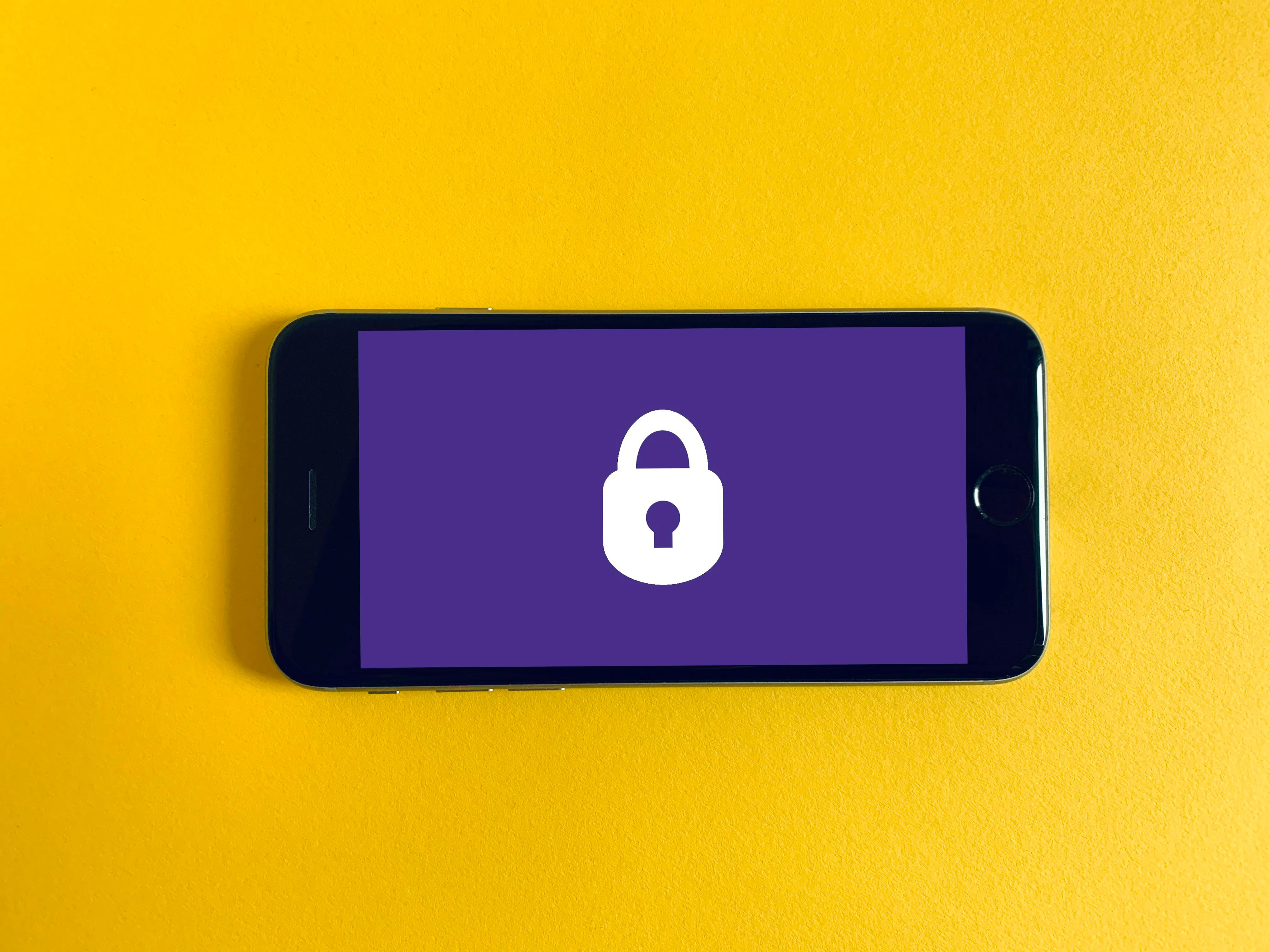
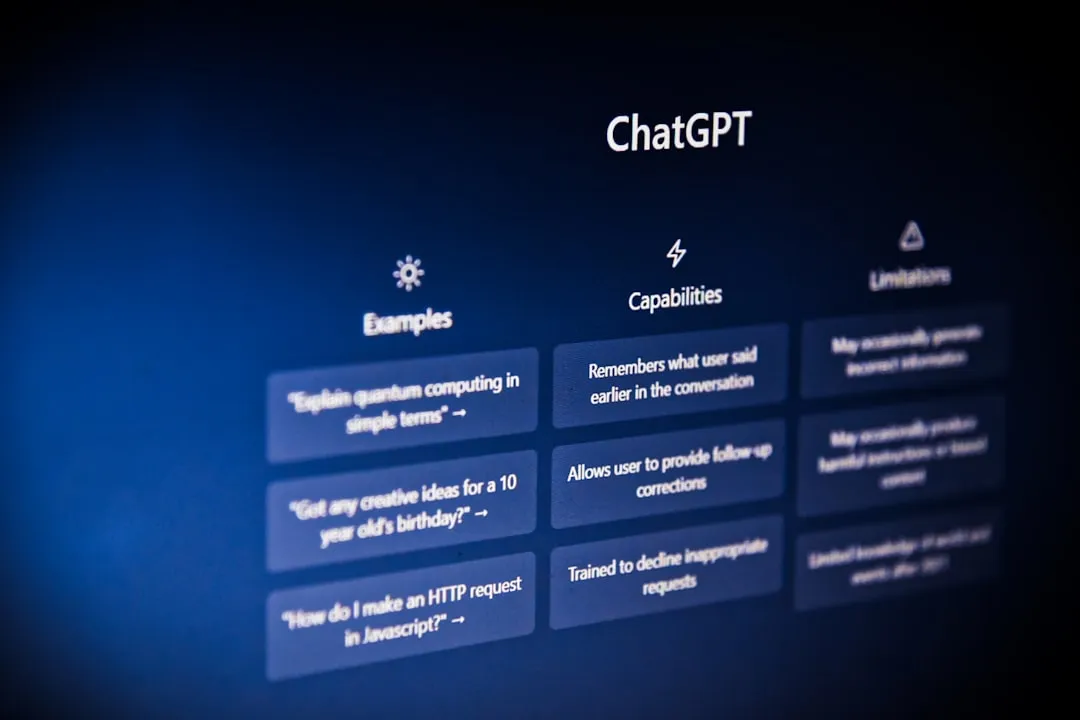

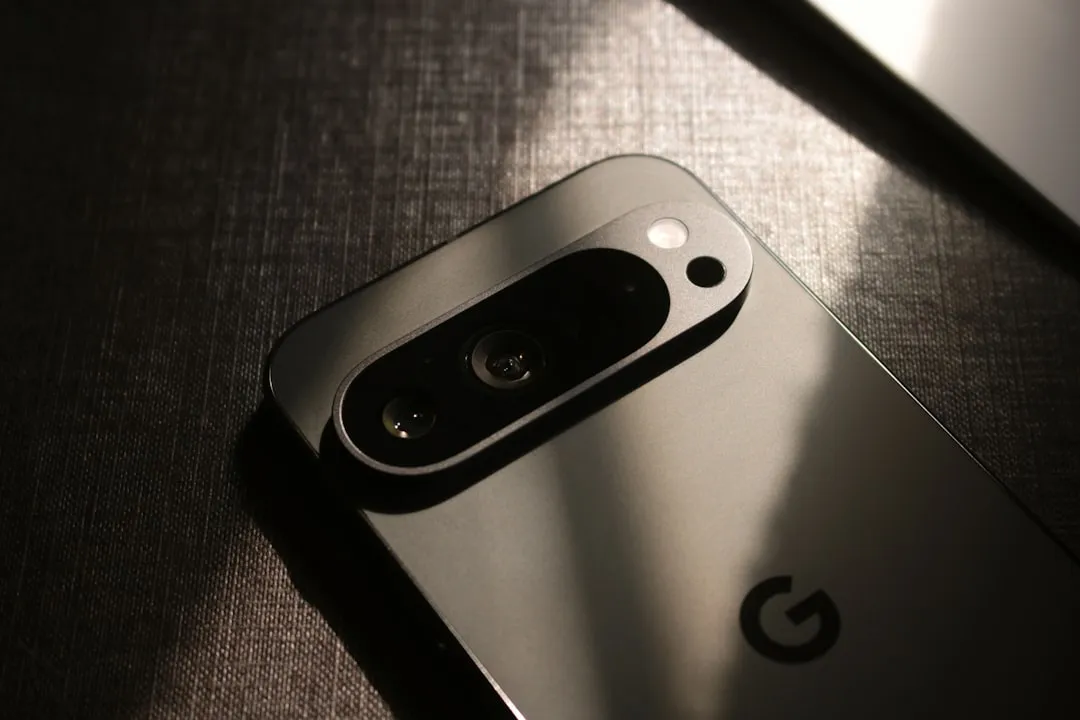

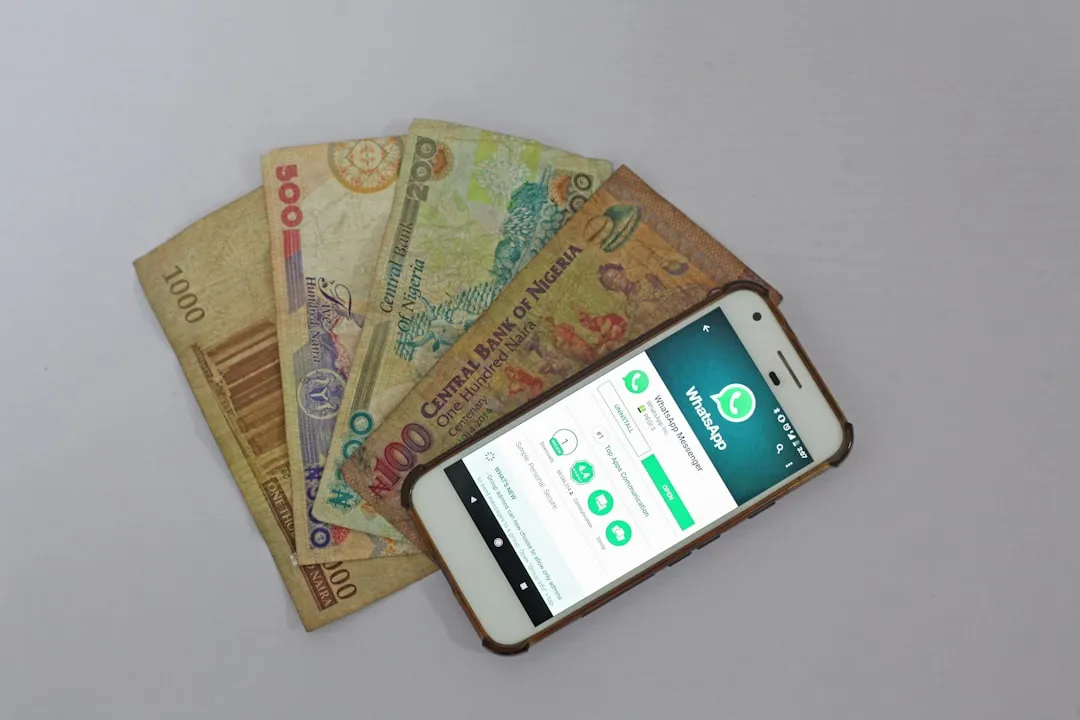



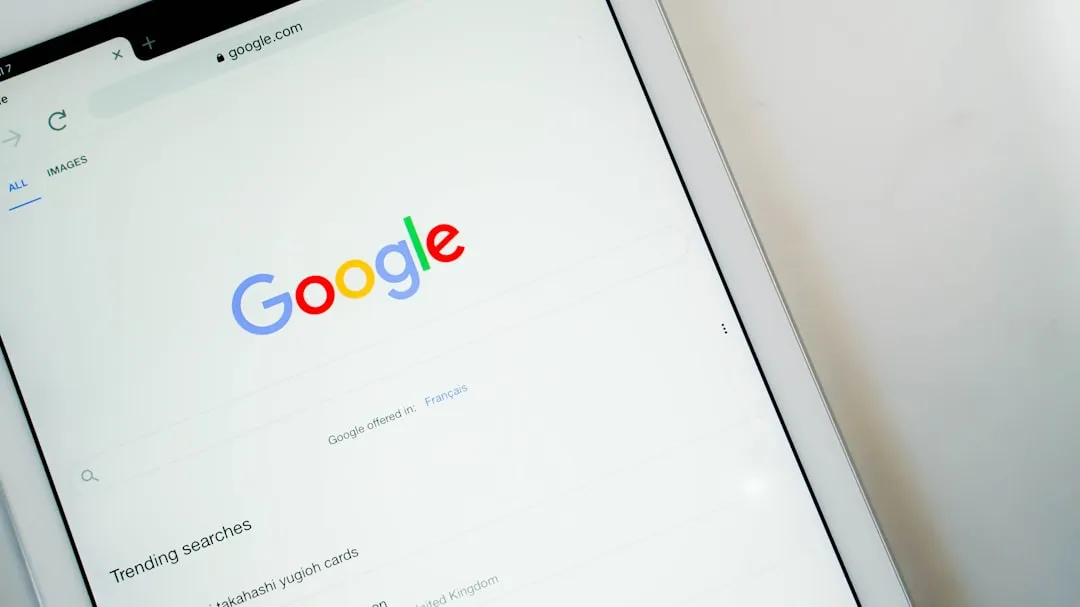
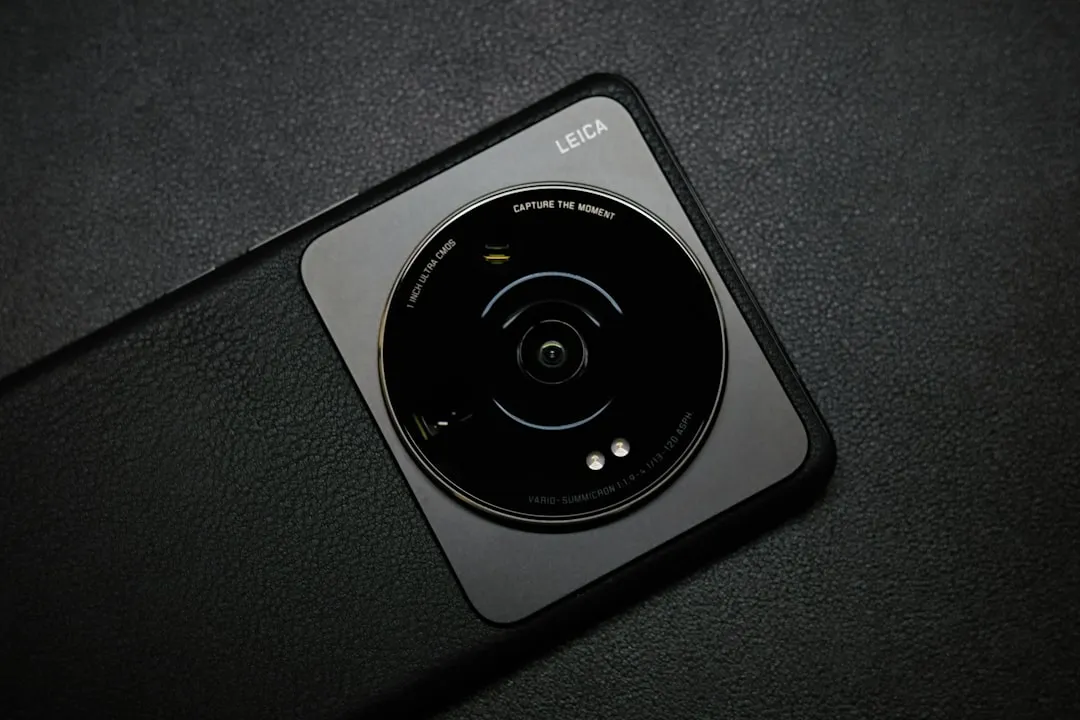



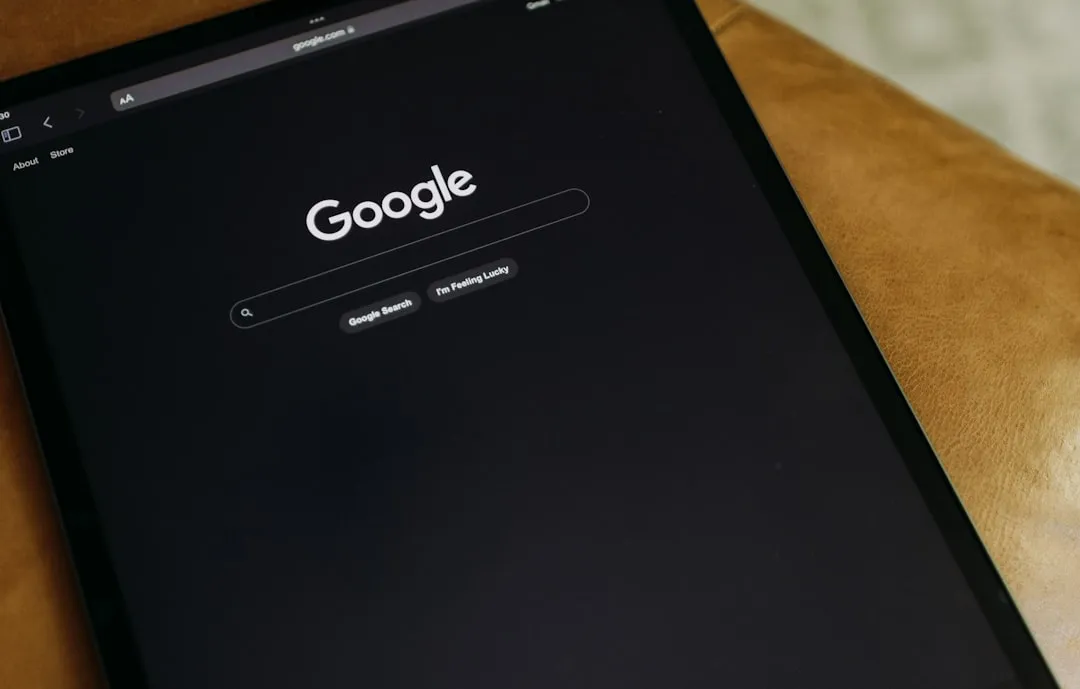
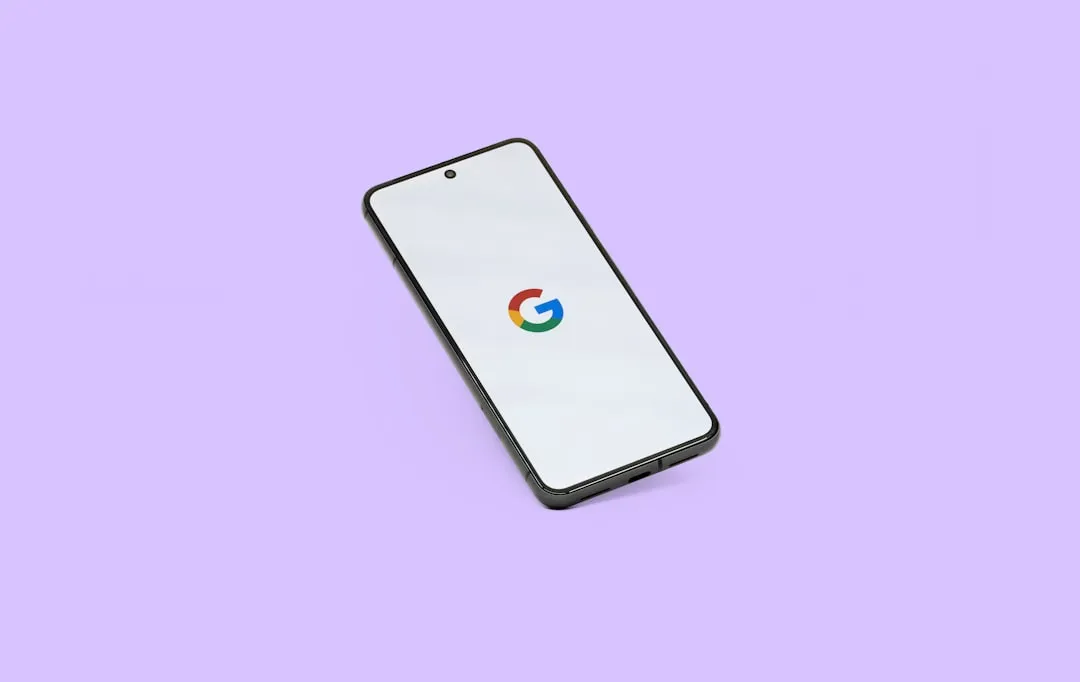
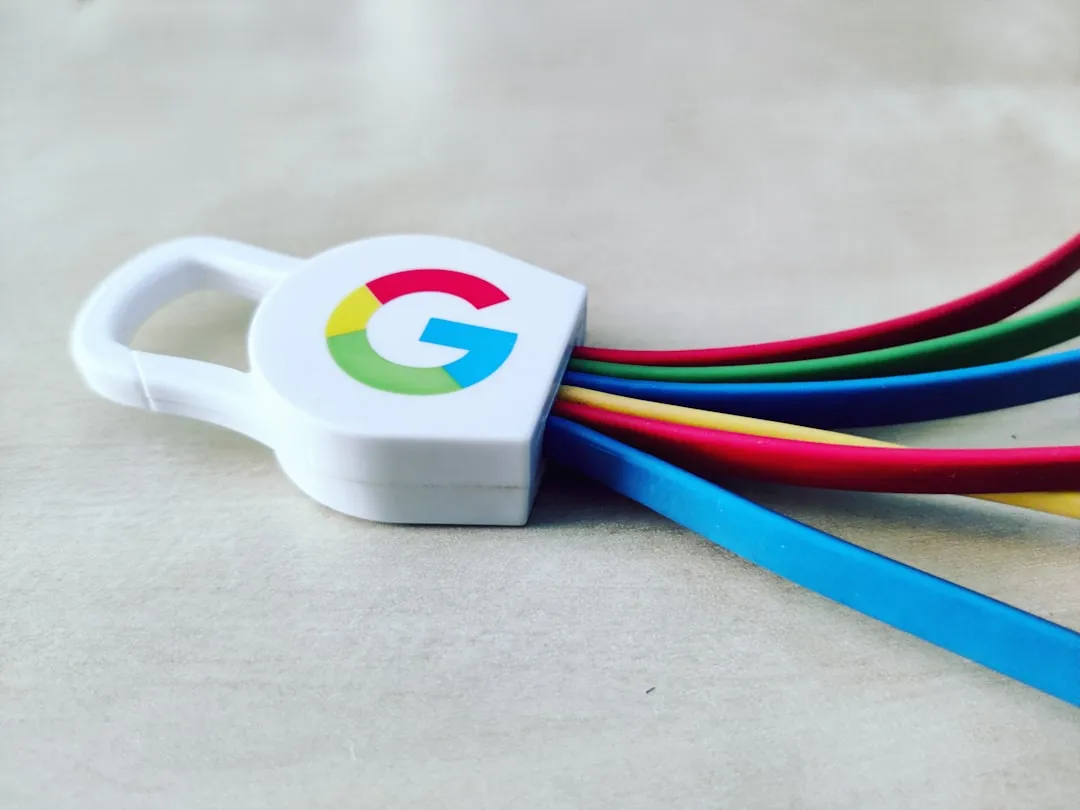
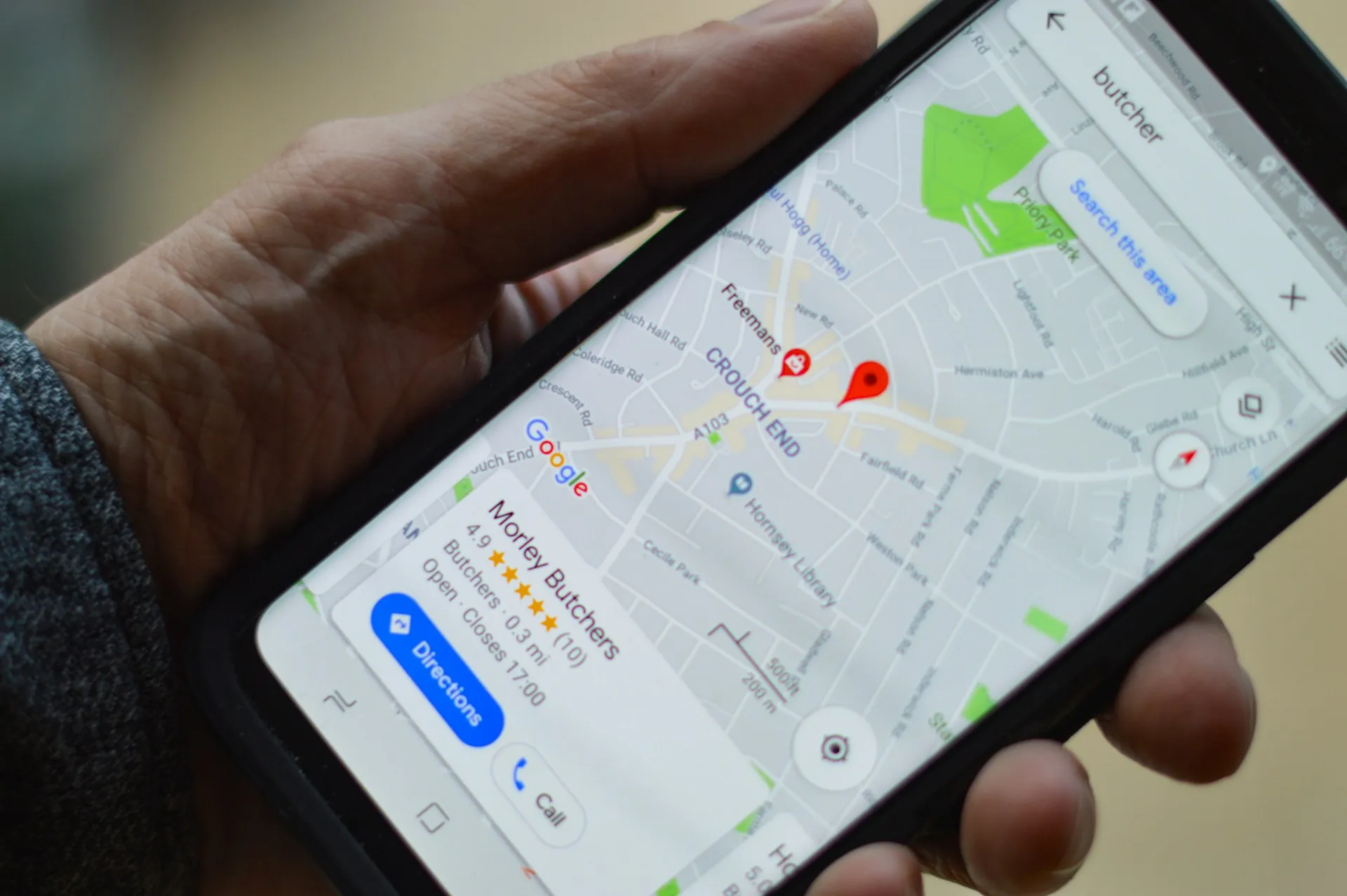
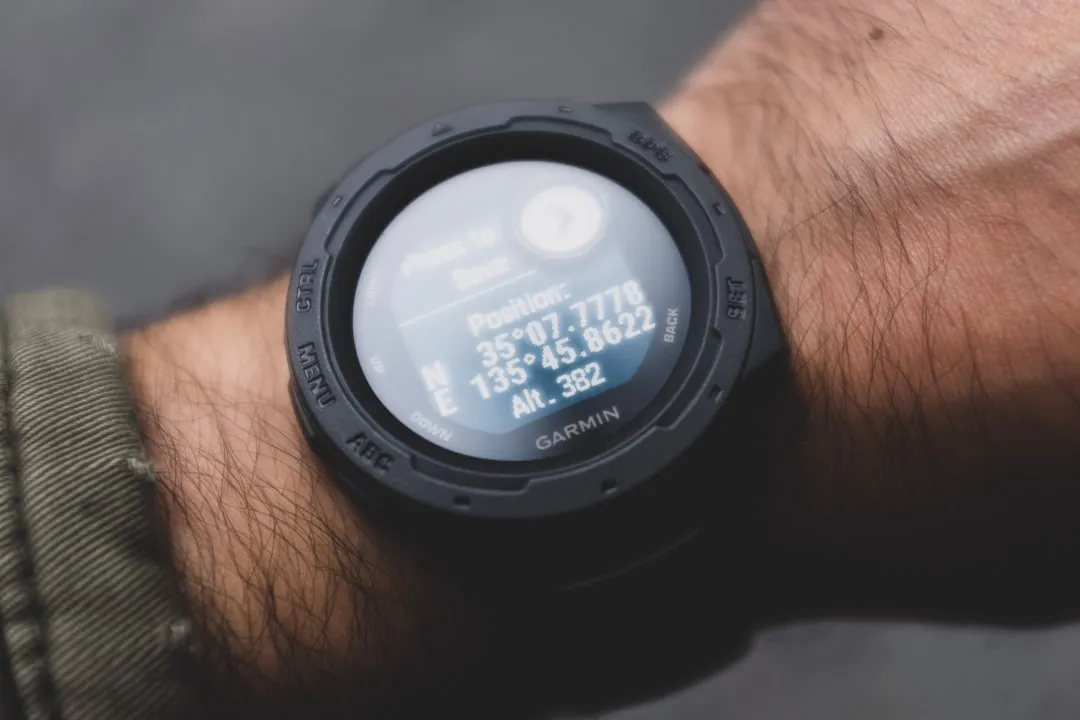
Comments
Be the first, drop a comment!